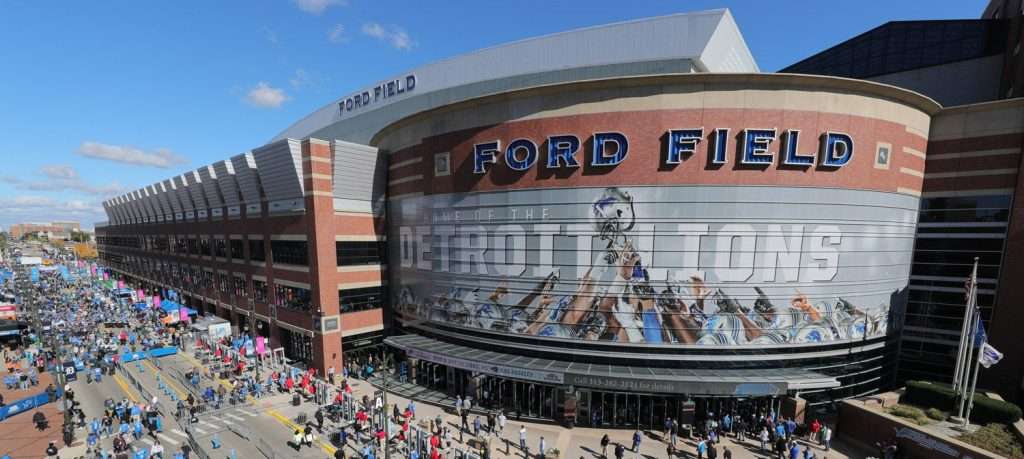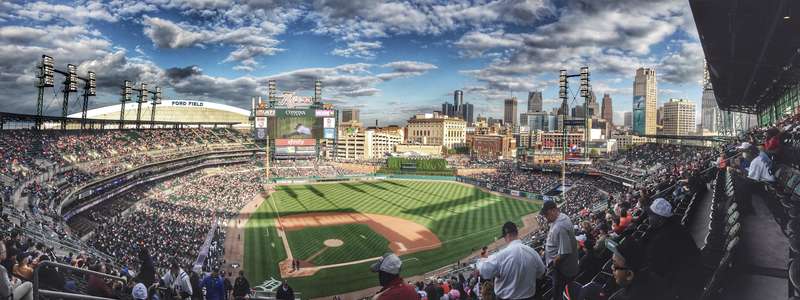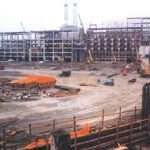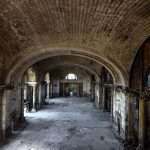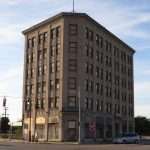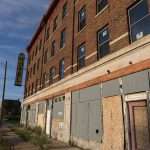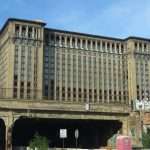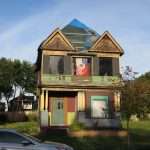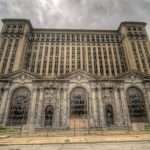In the grand narrative of urban revitalization, professional sports often play a starring role, especially in cities that, like Detroit, have faced their fair share of economic trials. It’s a scenario that unfolds repeatedly across America, where stadiums rise from the dust of decay, promising new life and vigor. But how crucial is this sports-centric rejuvenation, particularly in a capitalist society where economic value often dictates priorities?
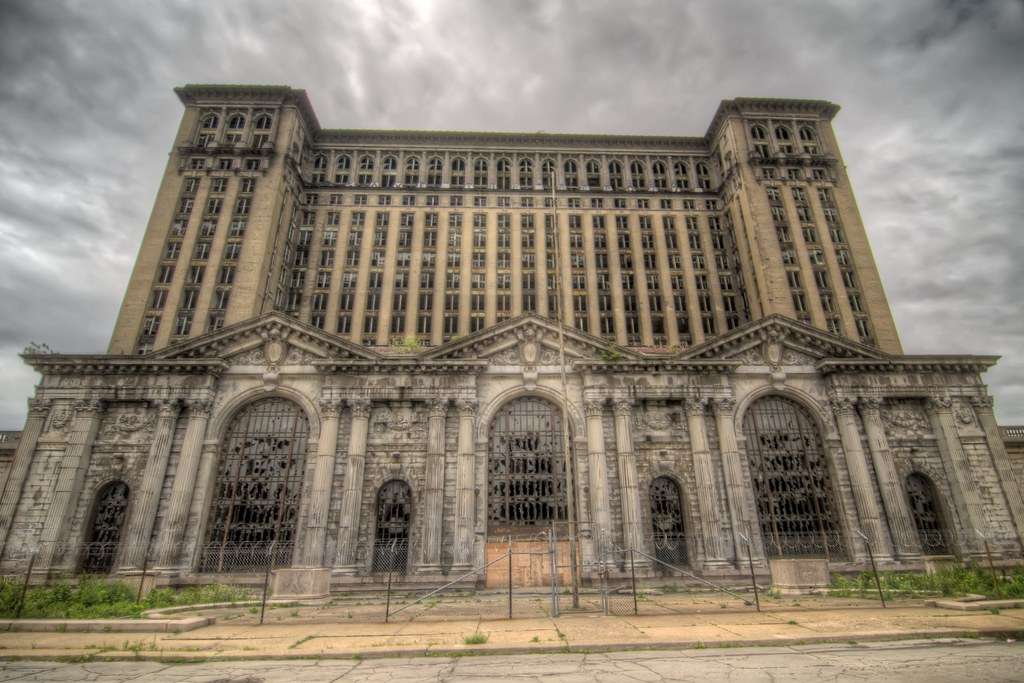
Detroit offers a compelling case study in the interplay between sports and urban renewal. The city, once the thriving heart of the automotive industry, experienced a seismic downturn that left its streets hollowed out and its buildings abandoned. The revival strategy? Leverage the city’s rich sports history as a linchpin for economic and social revitalization.
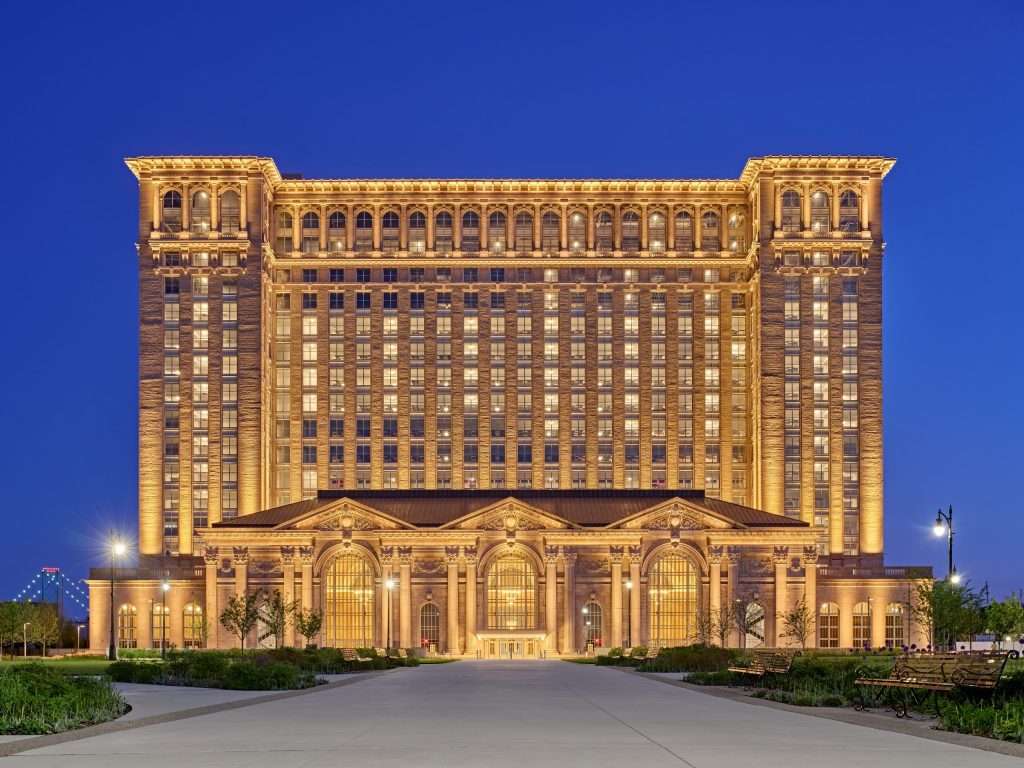
The evidence of sports’ impact on Detroit is tangible. The construction of Comerica Park and Ford Field in the early 2000s, followed by the recent development of Little Caesars Arena, has catalyzed significant economic activity. These stadiums are more than just venues for sports; they are hubs of economic stimulus.
On game days, the area buzzes with energy as fans flood local bars, restaurants and shops, bringing vital dollars to a city that desperately needs them.
Moreover, these sports complexes have spurred further investment into surrounding areas. New businesses have opened, residential developments have sprung up and public spaces have been revitalized, creating a multiplier effect that extends far beyond the immediate vicinity of the stadiums.
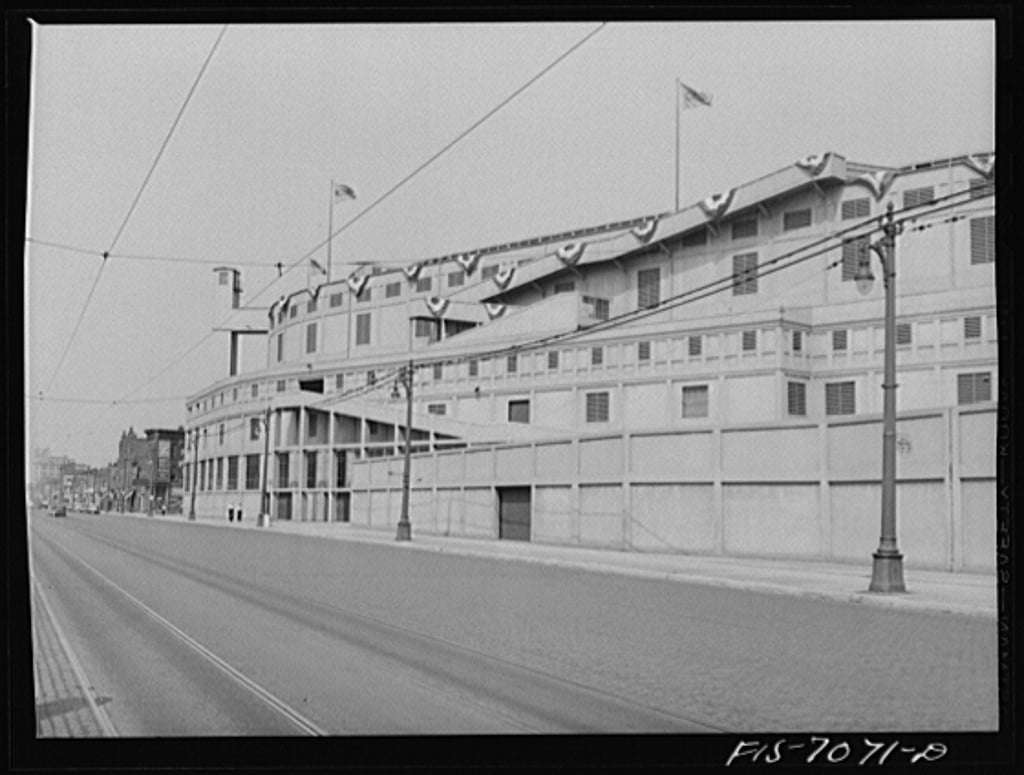
The narrative that unfolds on game day is one of community and commerce, an economic engine powered by the city’s love for its teams.
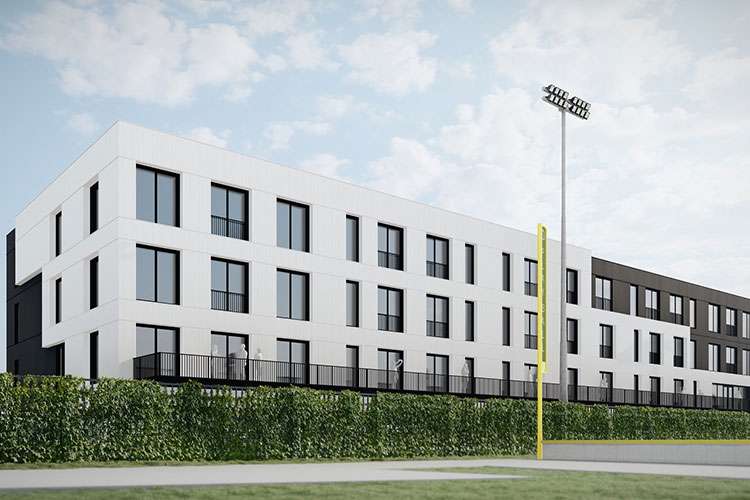
Yet, the question lingers: Could Detroit’s revitalization happen without professional sports? It’s a complex query. While sports have undoubtedly contributed to the city’s economic resurgence, they are but one piece of a larger mosaic.
Detroit’s revitalization efforts also hinge on diversifying its economy, improving public services and fostering a vibrant cultural scene. These elements are crucial for sustainable urban development and help ensure that the city’s reliance on sports does not become a vulnerability.
Professional sports, therefore, should not be viewed as a panacea but as a powerful tool in the arsenal of urban development strategies.
In Detroit, sports have provided a rallying point, a source of pride and unity that has brought people together and attracted visitors and investors to the city. This psychological and emotional uplift, coupled with the direct economic benefits, underscores the importance of sports in Detroit’s ongoing narrative of renewal.
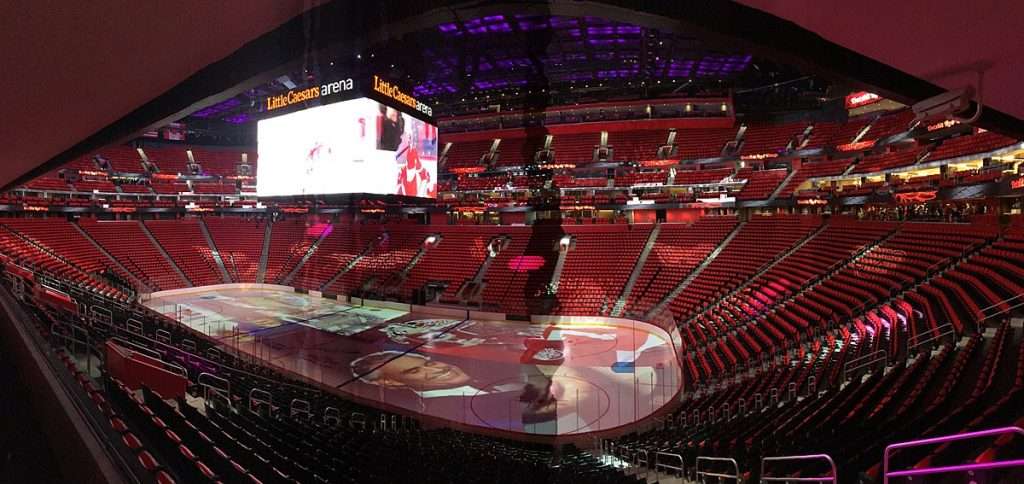
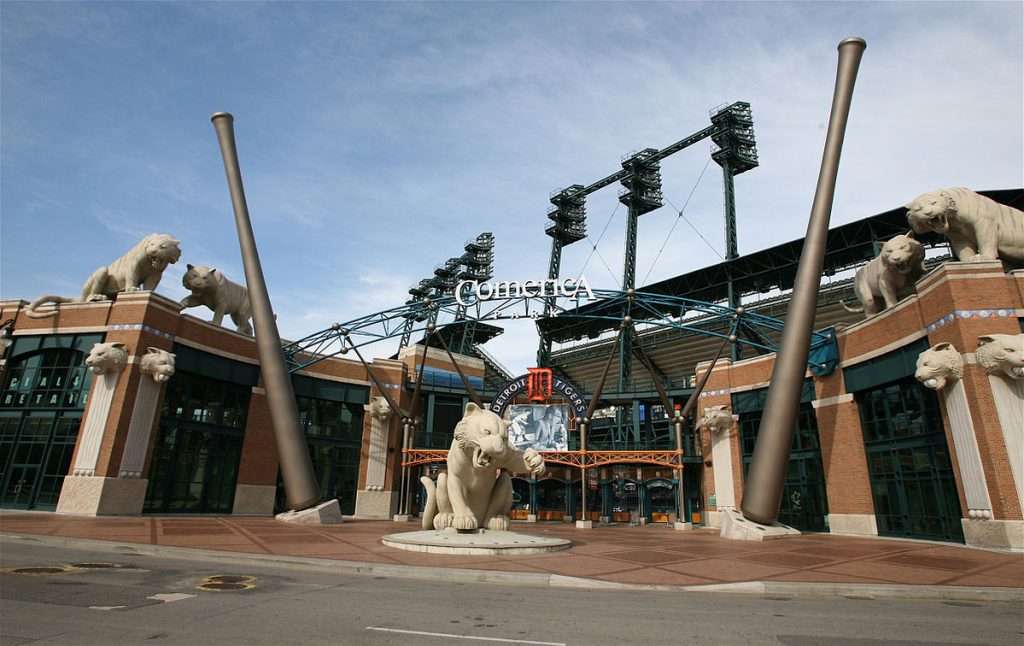
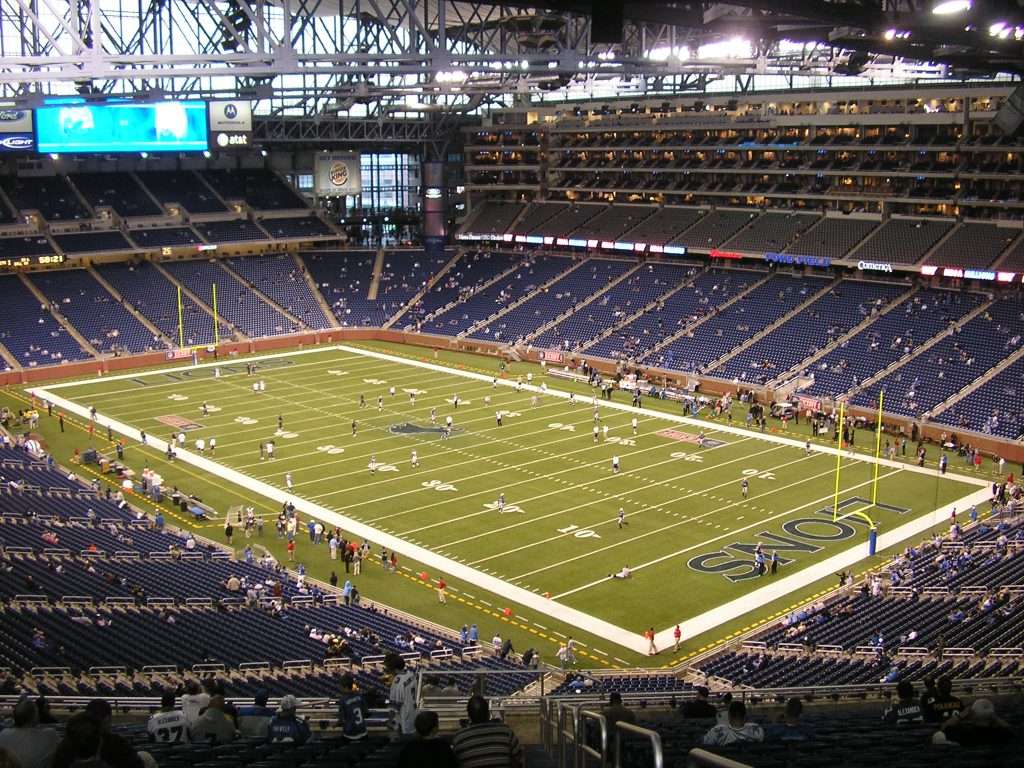
While Detroit may still have found a path to revitalization without its professional sports teams, the journey would undoubtedly be less vibrant and arguably more challenging. Sports infuse the city with energy and optimism, essential ingredients for any urban area clawing its way back from economic hardship.
In the broader context of a capitalist society, where economic vitality often drives decision-making, the value of professional sports in urban revitalization is not just significant; it’s indispensable.
GO LIONS!
Fore more information on developments in Corktown, visit Urbanize Detroit and Michigan Economic Development Corporation Corktown Developments.
